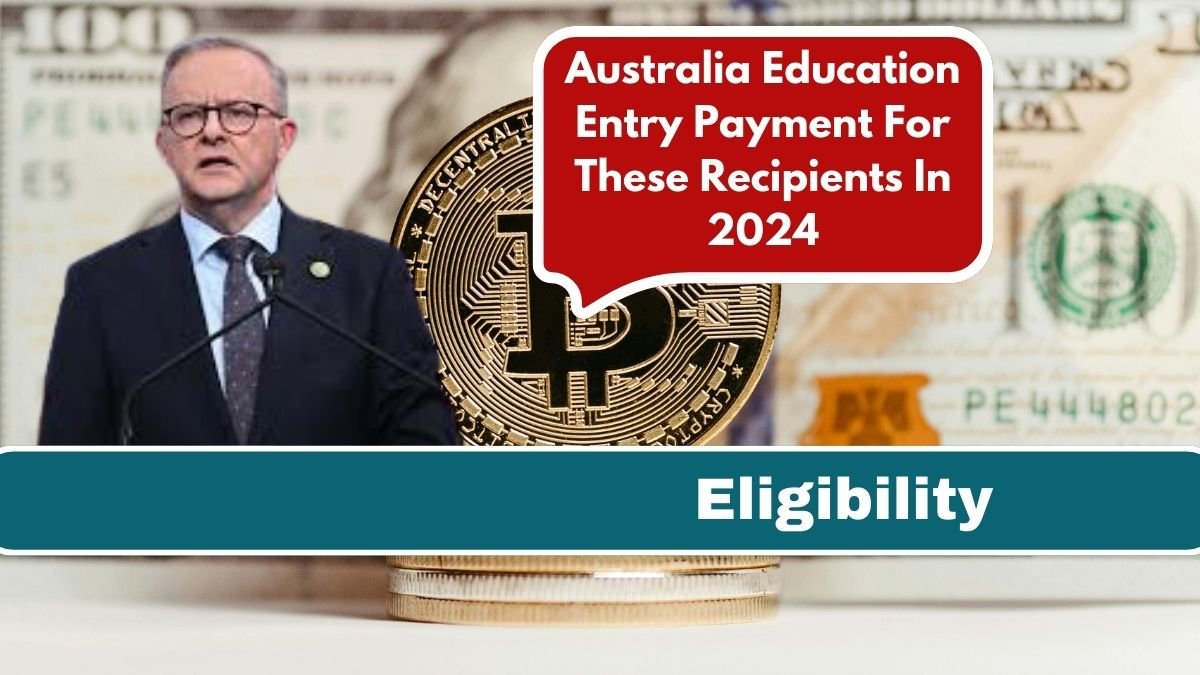If you’re in Australia and planning to start or continue your studies in 2024, there’s some good news for you! The Australian government offers an Education Entry Payment (EEP) to help eligible individuals with the costs of studying. Whether it’s to buy books, get school supplies, or cover any extra expenses, this payment can make things a little easier. Let’s break down everything you need to know about it: who can get it, how much it is, and how to apply.
What is the Education Entry Payment?
The Education Entry Payment is a one-off financial boost provided by the Australian government. It’s specifically designed for people receiving certain Centrelink benefits who are starting or resuming approved education or training.
Think of it as a helping hand to ease the burden of study-related costs. While it’s not a huge sum, it can still make a big difference, especially for those on a tight budget.
Who is Eligible for the Payment?
Eligibility is key here. Not everyone can get this payment. It’s targeted at individuals who are already receiving specific government support payments.
You may be eligible if you’re receiving any of the following:
- Parenting Payment
- JobSeeker Payment
- Disability Support Pension
- Youth Allowance
- Carer Payment
- Austudy Payment
Additionally, you need to be starting or returning to an approved education or training course. If you’re unsure whether your course qualifies, you can check with Centrelink.
How Much Will You Receive?
In 2024, the Education Entry Payment amount is $208. This might not seem like a fortune, but it’s enough to cover basic supplies or reduce the financial pressure of studying.
Here’s a simple table to illustrate:
| Recipient Type | Payment Amount |
|---|---|
| Parenting Payment Recipient | $208 |
| JobSeeker Payment Recipient | $208 |
| Disability Support Pension | $208 |
| Youth Allowance Recipient | $208 |
| Carer Payment Recipient | $208 |
| Austudy Payment Recipient | $208 |
It’s important to remember that this is a one-time payment, so make sure to budget wisely.
How to Apply for the Education Entry Payment
Good news—applying for the EEP is straightforward. You don’t need to jump through hoops to access it.
Here’s how it works:
- If you’re eligible, Centrelink will usually notify you when you start or resume your course.
- Payments are often processed automatically, so you might not even need to apply separately.
However, it’s always a good idea to check your MyGov account or contact Centrelink directly to confirm your eligibility and ensure you don’t miss out.
Why is This Payment Helpful?
Let’s be honest—studying can get expensive. From textbooks to transportation, the costs can pile up quickly. The Education Entry Payment is like a small boost that helps you stay on track. It’s not meant to cover all your expenses, but it can lighten the load a little.
If you’ve ever had to decide between buying a textbook or paying for groceries, you’ll know how much even a small payment can matter.
Conclusion
The Education Entry Payment in 2024 is a valuable opportunity for those receiving Centrelink benefits and planning to study. It’s simple to access, and while it might not be a large amount, it’s a helpful bonus for covering basic study costs. If you’re eligible, make sure to check with Centrelink to claim what’s yours. Education can open doors, and every little bit of support counts in making that journey easier.
FAQs
Who can get the Education Entry Payment?
People receiving certain Centrelink payments like Parenting Payment, JobSeeker Payment, or Youth Allowance are eligible.
How much is the payment in 2024?
The payment is $208 for eligible recipients.
Do I need to apply for the payment?
Usually, it’s processed automatically if you’re eligible, but it’s best to check with Centrelink.
What can I use the payment for?
You can use it for any study-related expenses, like books, supplies, or transportation.
Is this a recurring payment?
No, it’s a one-time payment per eligible education or training start.





